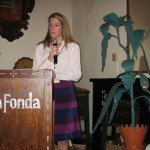Barring an unlikely miracle or a last-minute angel, the New Mexico Symphony Orchestra will soon cease to exist. Years of debt and weakening ticket sales finally caught up to a reality all too familiar to orchestras around the nation. Philadelphia, Detroit, Phoenix, Syracuse…the list goes on.
The loss of such a community treasure hits hard for all of us toiling in the various realms of culture and the arts.
The American Association of Museums recently released a report that said most U.S. museums experienced an uptick in attendance during 2010. While we don’t have an apples-to-apples comparison, we do know that from July 2010 to March 2011, New Mexico’s state-run museums saw an 8.6 percent drop in attendance.
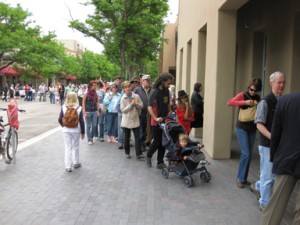 Mind you, percentages tell a spongy story. The History Museum opened to blocks-long waiting lines in May 2009 and crossed off its 100,000th visitor before completing its fifth month of operation. You had to guess that, at some point, visitation would subside a tad.
Mind you, percentages tell a spongy story. The History Museum opened to blocks-long waiting lines in May 2009 and crossed off its 100,000th visitor before completing its fifth month of operation. You had to guess that, at some point, visitation would subside a tad.
Percentages also don’t tell the stories of those days when hundreds of schoolchildren fill our hallways, when the opening of an exhibit like Earth Now at the New Mexico Museum of Art attracts 1,200 people in one night, or when special events like Folk Art Market turn Museum Hill into a parking lot.
The upbeat news from the AAM report is balanced by this: A third of the museums surveyed reported a decrease in attendance from 2009 to 2010. And 52 percent of museums suffered a reduction in their government funding.
You can blame the attendance numbers on the price of gas, a slight dip in tourism (at least in New Mexico), fewer marketing dollars to promote exhibitions, the competition from 400-plus TV channels, the rise of Facebook, Twitter, and e-books, or a general sense of economic malaise.
Regardless the reason or reasons, there’s this:
No matter how much our current culture accommodates an isolationist lifestyle, institutions like museums, the symphony, live theater and community events still offer us an experience that Homo sapiens learned to treasure along with the first campfire–a place to gather together, to share stories, to experience emotions, and to work out an interpretation of who we are as a people.
Arianna Huffington may have done as much as anyone to promote the prospect of a life online, but in a speech late last year, she made a marvelous case for museums as an in-person experience. Among her comments:
(M)useums deliver what has become increasingly rare in our world: the opportunity to disconnect from our hyper-connected lives, and the possibility of wonder. As Maxwell Anderson, the CEO of the Indianapolis Museum of Art, describes it, a museum’s mission is to provide visitors with “resonance and wonder… an intangible sense of elation — a feeling that a weight was lifted.” Or as my fellow countryman Aristotle put it: “catharsis.” …
In the mid-90s I wrote a book — The Fourth Instinct — about the instinct that compels us to go beyond our instincts for survival, sex, and power. It’s the instinct that drives us to find meaning in our lives — the instinct that drives us to art and religion. That instinct is just as vital as the other three but we rarely give it the same kind of attention.
It’s also the instinct most undermined by our always-connected 24/7 media culture. In The Shallows: What the Internet Is Doing to Our Brains,Nicholas Carr writes that “there needs to be time for efficient data collection and time for inefficient contemplation, time to operate the machine and time to sit idly in the garden.”
There’s not a lot of garden left in the world. And this is what makes museums so important. …
It’s also, in its own way, what makes a symphony orchestra important. Sixteen years have passed since Robert Putnam, author of Bowling Alone: The Collapse and Revival of American Community, warned that a “growing social-capital deficit threatens educational performance, safe neighborhoods, equitable tax collection, democratic responsiveness, everyday honesty, and even our health and happiness.”
Since the book’s publication, those distractions have only become more fierce, and our connections to one another less tight.
As we bid a reluctant farewell to the NMSO, we hope that its silence spreads no further, and we invite you to take advantage of the sense of wonder awaiting you beyond your computer’s screen and within our walls.

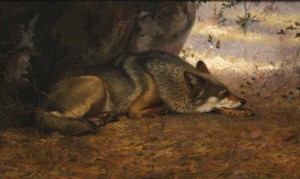
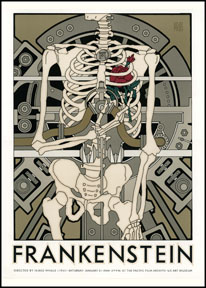
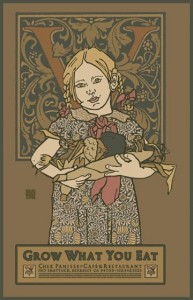
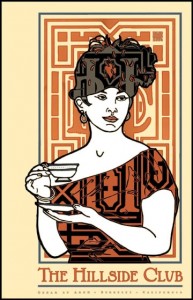
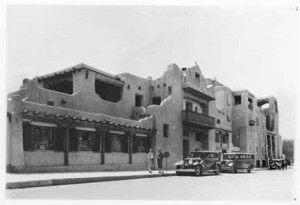
 “They’ve become such a beloved icon of Santa Fe that we didn’t want to remove them,” Felix said. “And frankly, I think I would have gotten lynched if I had.”
“They’ve become such a beloved icon of Santa Fe that we didn’t want to remove them,” Felix said. “And frankly, I think I would have gotten lynched if I had.”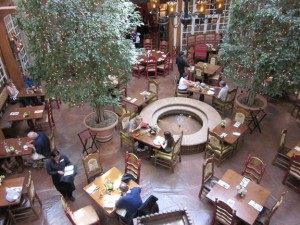 Though sheltered with a sturdy roof, La Plazuela today carries the feel of an open-air plaza (not to mention some of the
Though sheltered with a sturdy roof, La Plazuela today carries the feel of an open-air plaza (not to mention some of the 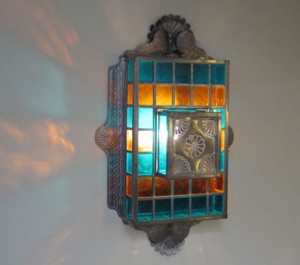
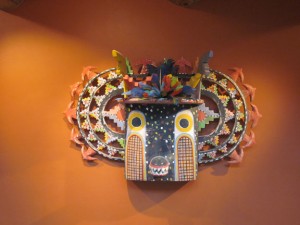
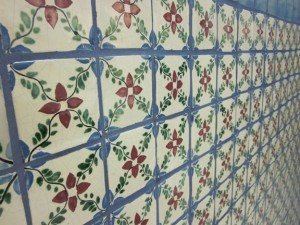
 One of the joys of the weekend was watching participants wander through the hotel, the guide in hand, checking out the glories.
One of the joys of the weekend was watching participants wander through the hotel, the guide in hand, checking out the glories.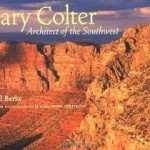 Those were among the tidbits of a grand life shared this morning by Arnold Berke, the biographer of Mary Colter (Mary Colter: Architect of the Southwest) at this morning’s continuation of A Mary Colter Weekend. During his research, he found few blueprints, which aren’t built for survival to begin with; few original documents revealing anything of her love life (if any); and, as the years pass, fewer and fewer examples of her iconic architecture and designer’s eye.
Those were among the tidbits of a grand life shared this morning by Arnold Berke, the biographer of Mary Colter (Mary Colter: Architect of the Southwest) at this morning’s continuation of A Mary Colter Weekend. During his research, he found few blueprints, which aren’t built for survival to begin with; few original documents revealing anything of her love life (if any); and, as the years pass, fewer and fewer examples of her iconic architecture and designer’s eye.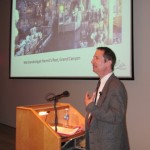 Only in recent years, Berke said, has interest in Colter risen, particularly among Grand Canyon aficionados. Colter’s buildings along the South Rim and Phantom Ranch at the canyon’s bottom pioneered a style of architecture now used by most national and state parks. It’s called National Park Service Rustic, and Colter was, Berke said, “truly a pioneer of this idiom.”
Only in recent years, Berke said, has interest in Colter risen, particularly among Grand Canyon aficionados. Colter’s buildings along the South Rim and Phantom Ranch at the canyon’s bottom pioneered a style of architecture now used by most national and state parks. It’s called National Park Service Rustic, and Colter was, Berke said, “truly a pioneer of this idiom.”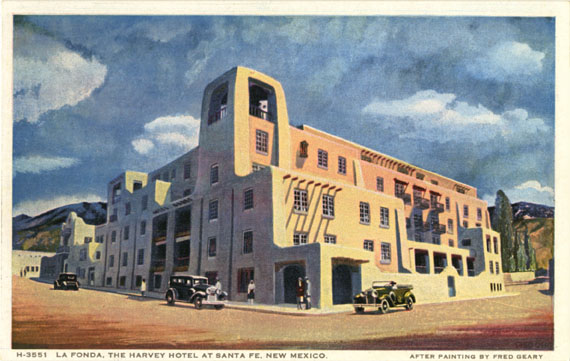

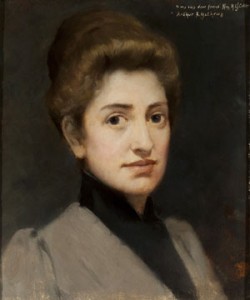
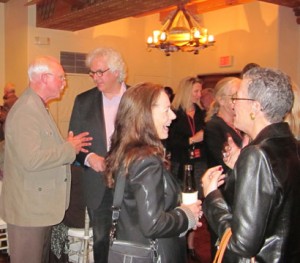
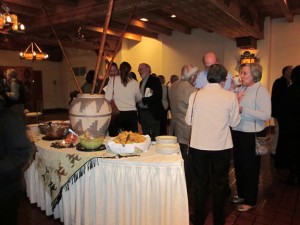
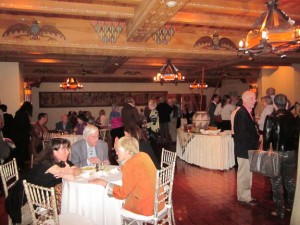
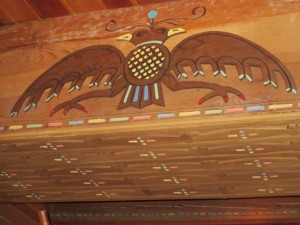
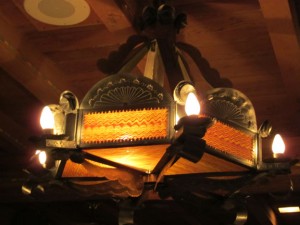
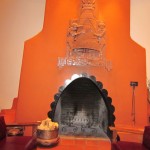 Among the difficulties that Felix encountered was the discovery that not all of Colter’s efforts were as solid and lasting as the sculpted terra-cotta mantels of German artist
Among the difficulties that Felix encountered was the discovery that not all of Colter’s efforts were as solid and lasting as the sculpted terra-cotta mantels of German artist 